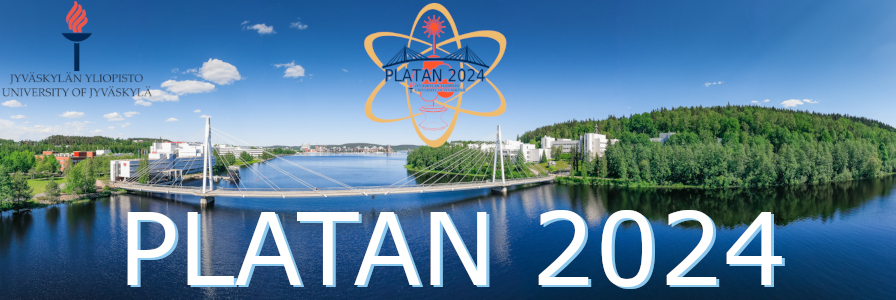Speaker
Description
Sr-90 is an unstable (half-life = 28.9 a) decay product of fissile isotopes such as Pu-239 and U-235. The TEPCO Fukushima Daiichi Nuclear Power Plant accident released an estimated 1-2.2E14 Bq Sr-90 to the ocean and 0.1-1.4E11 Bq Sr-90 to the atmosphere. Sr proxies Ca in the food chain and is deposited in Ca-bearing tissues, especially bone, with a biological turnover of 18 years in adult humans. Sr-90 decays through beta-decay (up to 546 keV) which causes severe long-term internal exposure.
This study aims to investigate a novel trace analysis method for Sr-90, namely Ion Trap-Laser Cooling Spectroscopy (ITLCS), combining three-stage laser resonance ionization, quadrupole mass spectrometry, and ion trap for highly selective detection of Sr isotopes. Additionally, a newly designed ion guide is utilized to enhance ion transportation efficiency, enabling high-precision quantification analysis of Sr-90. The schematic of the ITLCS can be separated into ion source, ion filter, ion guide and ion trap correspondingly.
For the ion source part, the three-stage laser resonance ionization 5s2 1S0→5s5p 1P1°→4d2 1D2→4dnp or 4dnf has been investigated on the isotope shift and Stark shift to figure out the feasibility of resonance ionization Sr isotopes. For the ion guide part, an ion guide system with the conical octupole ion guides and the helium buffer has been applied to transport the generated and selected Sr ions moderately from the ion filter to the ion trap.
These advancements have potential applications in environmental monitoring and nuclear safety, offering precise and sensitive Sr-90 analysis. Overall, the study contributes theoretically and practically to analytical methodologies and instrumentation.

